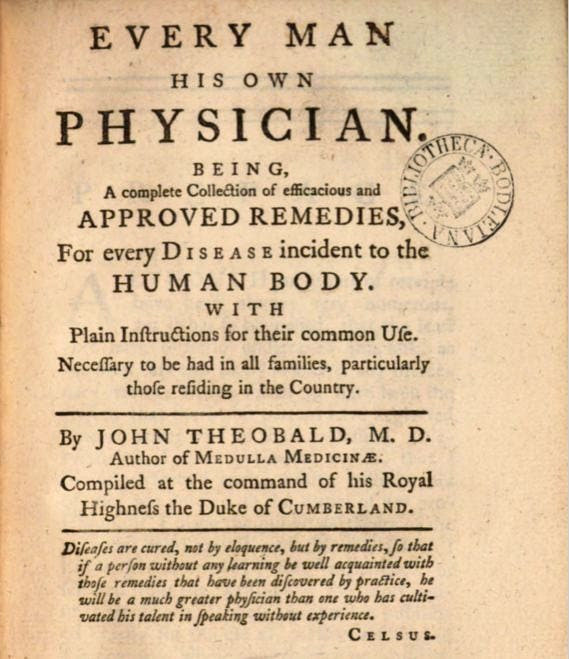
BY HANS DUVEFELT
Conclusion: For every hour physicians provide direct clinical face time to patients, nearly 2 additional hours is spent on EHR and desk work within the clinic day. Outside office hours, physicians spend another 1 to 2 hours of personal time each night doing additional computer and other clerical work. (Sinsky et al, 2016)
If we only had the tools and the administrative support that just about every one of us has been asking for, there wouldn’t be a doctor shortage.
The quote here is from 7 years ago and things have gotten even worse since then.
Major league baseball players don’t handle the scoring and the statistics of their games. They just play ball.
Somehow, when the practice of medicine became a corporate and government business, more data was needed in order to measure productivity and quality (or at least compliance with guidelines). And somehow, for reasons I don’t completely understand and most definitely don’t agree with, the doctors were asked not only to continue treating our patients, but also to more than double our workload by documenting more things than we ourselves actually needed in order to care for our patients. Even though we were therefore becoming data collectors for research, public health and public policy, we were not given either the tools or the time to make this possible – at least not without shortchanging our patients or burning ourselves out.
We didn’t sign up to do all this, we signed up to care for our patients. And we were given awkward tools to work with that in many ways have made it harder to document and share with our colleagues what our clinical impressions and thinking are.
Continue reading…











